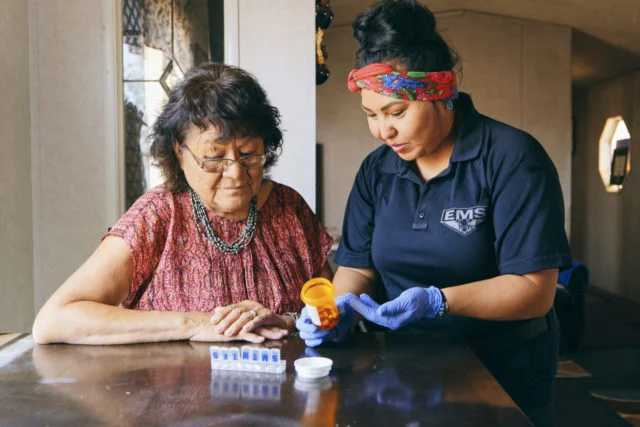Tag: elderly

A 65-year-old woman in Houston can pay $5,300 a year for Medigap’s Plan C policy or she can buy a policy with exactly the same coverage from another insurance company for $1,700 a year. A 65-year-old Hartford, Connecticut, man can spend anywhere from $2,900 to $7,400 annually for the most popular and comprehensive Medigap policy…

This cartoon, by Vancouver Sun cartoonist Graham Harrop, hits on one of retirees’ biggest mysteries: their future health. The elderly live with the anxiety of getting a grave illness that isn’t easy to fix, such as cancer or a stroke. And despite having Medicare insurance, they also have to worry how much it would cost…









